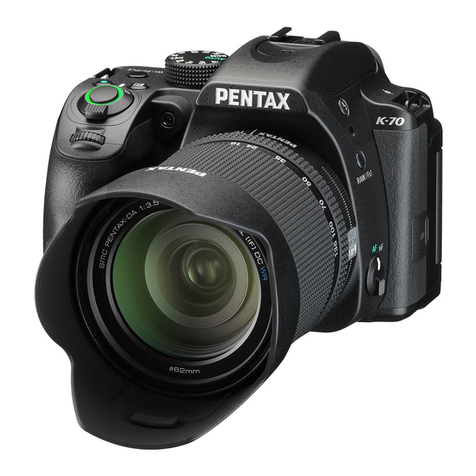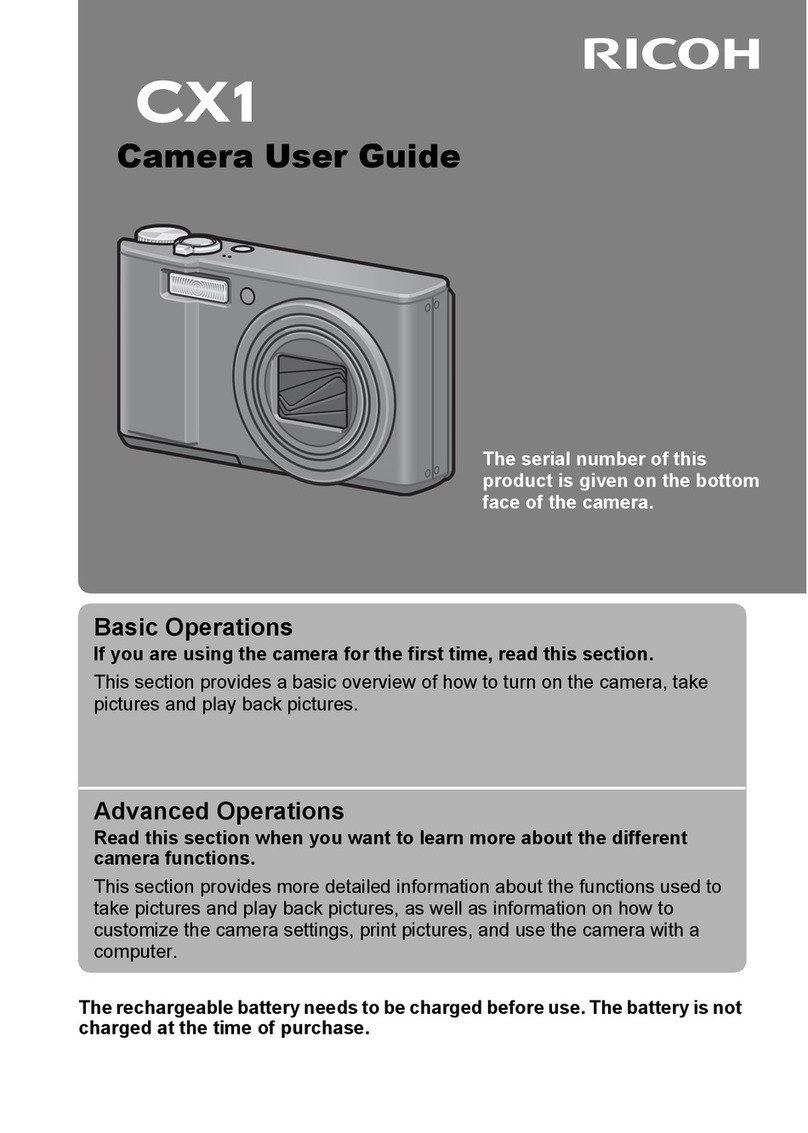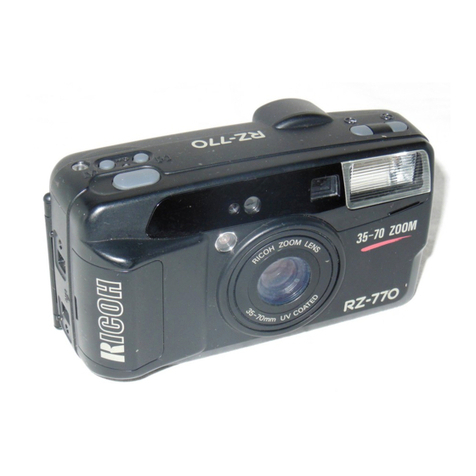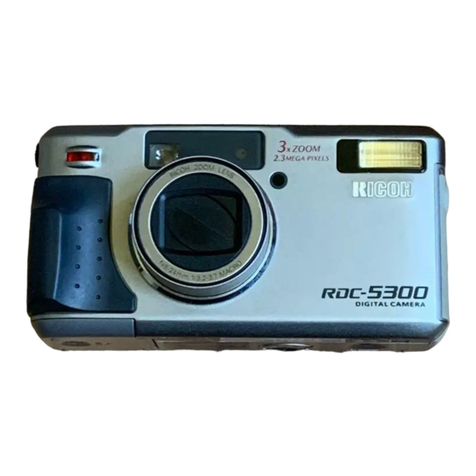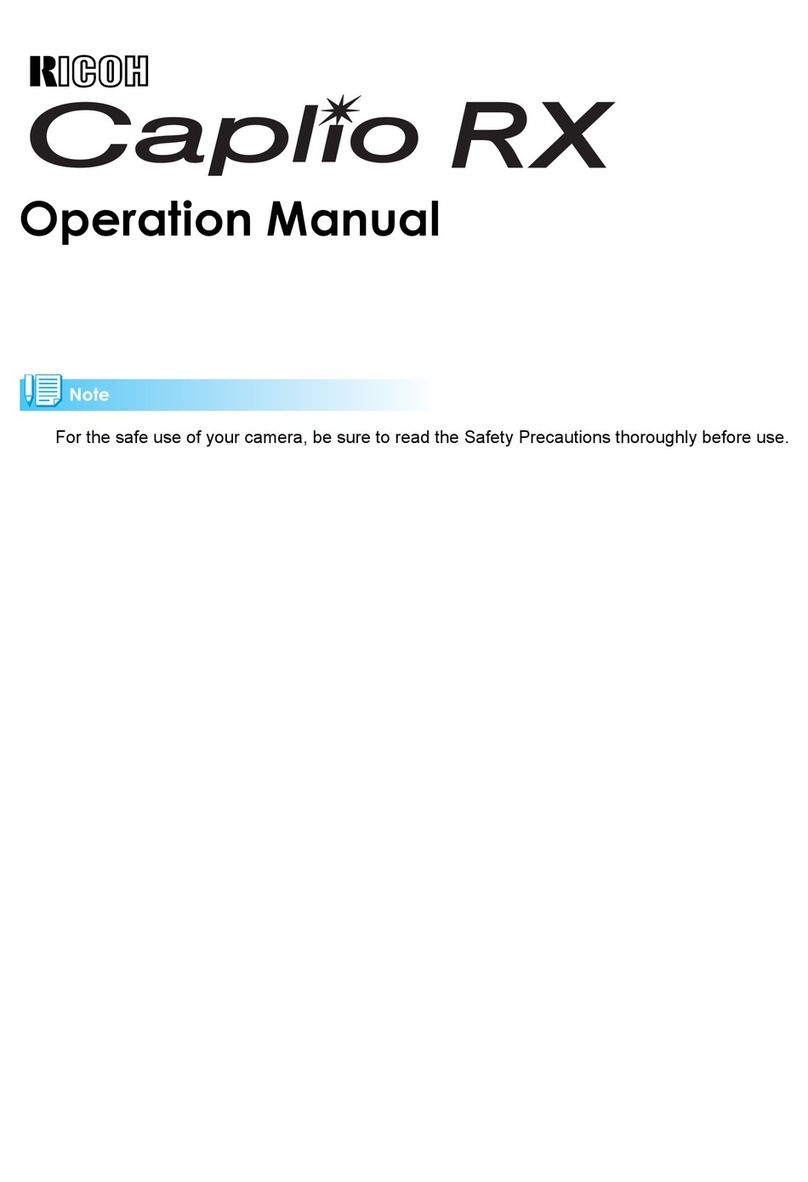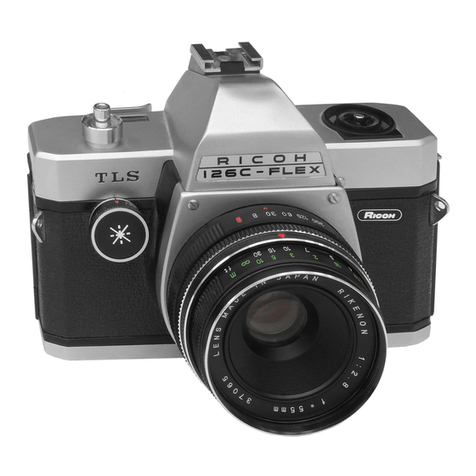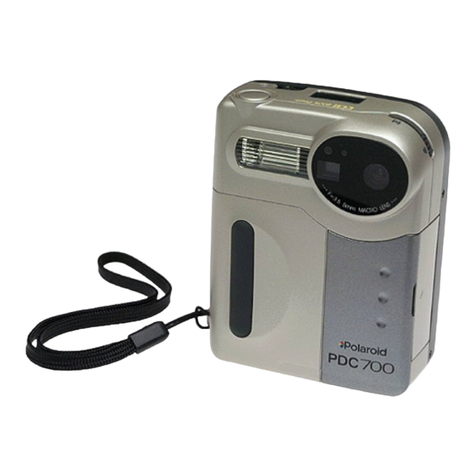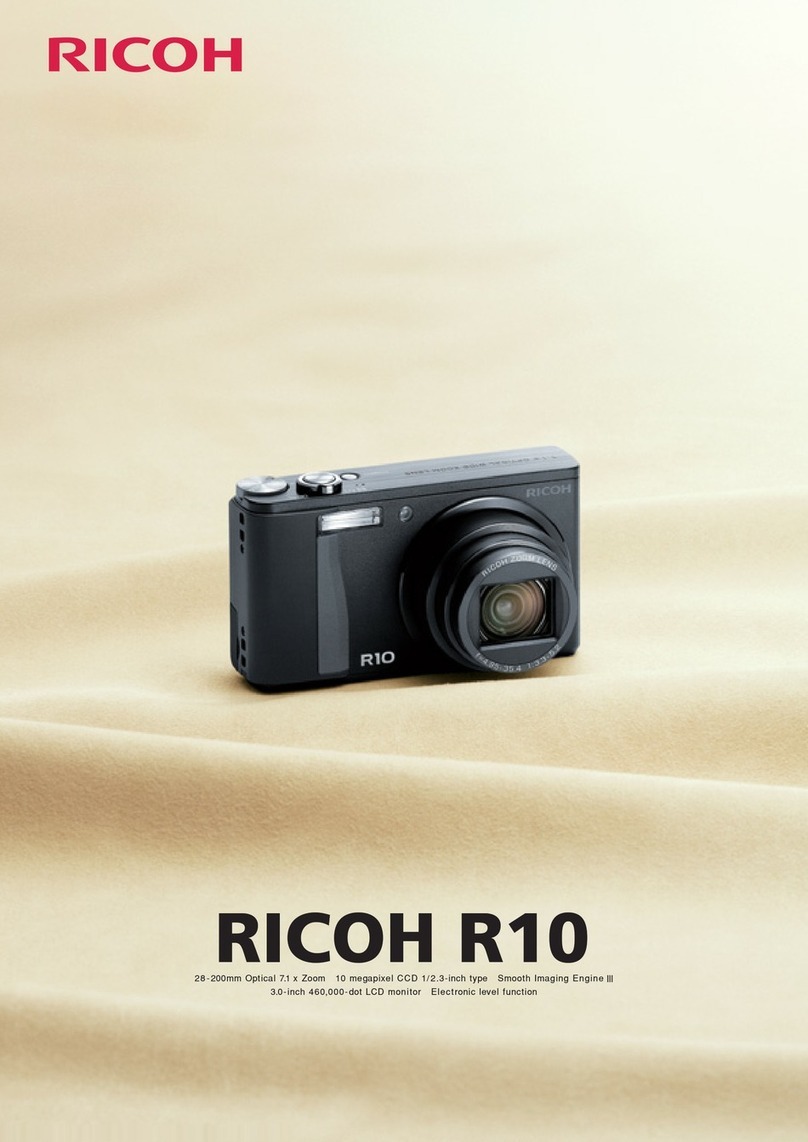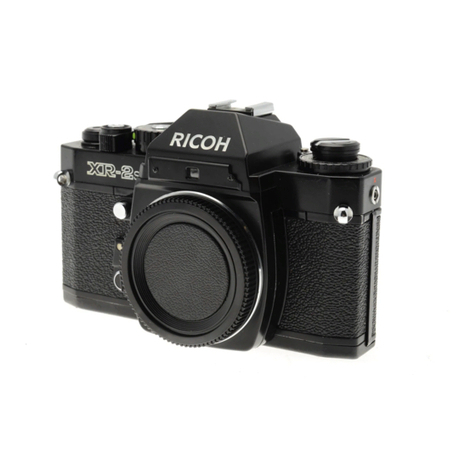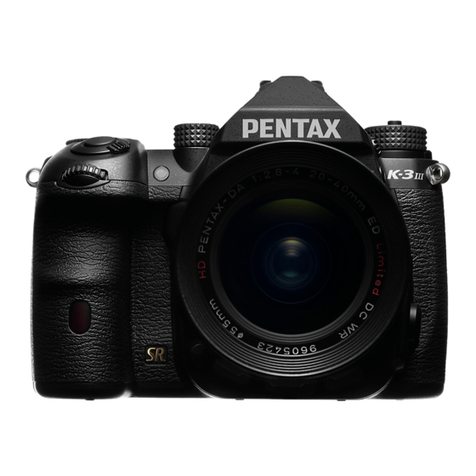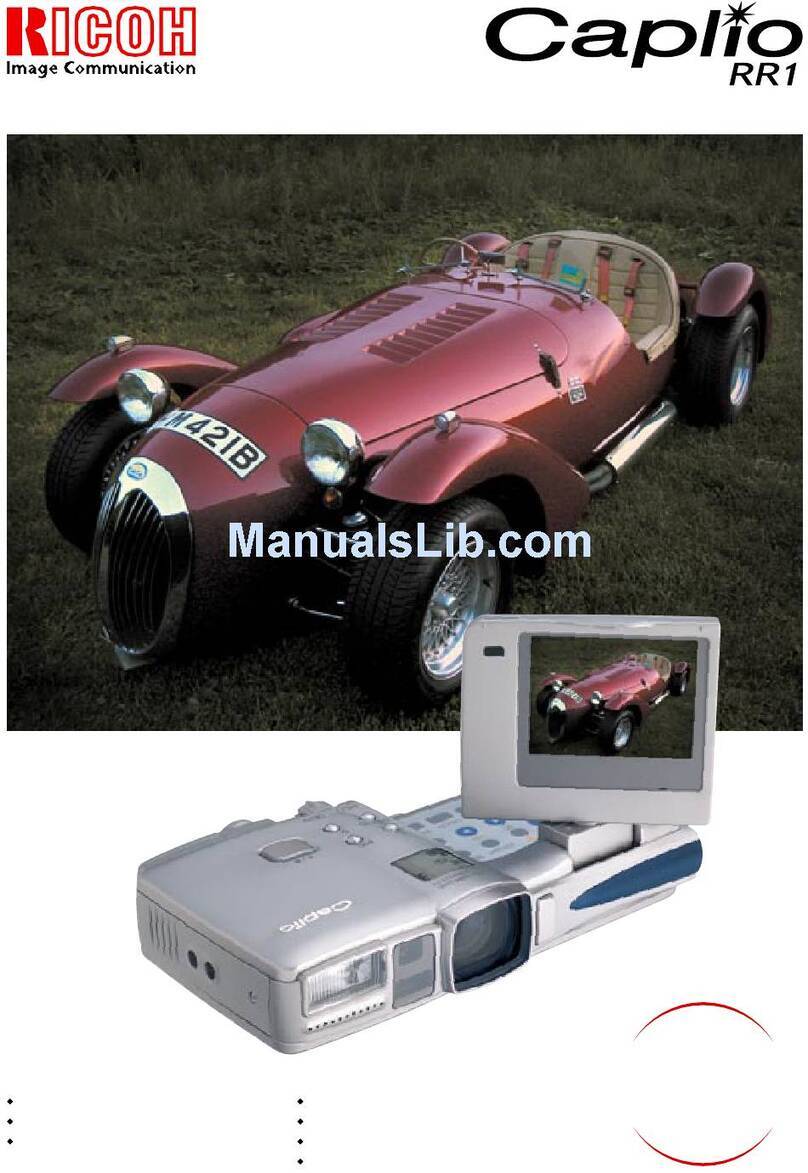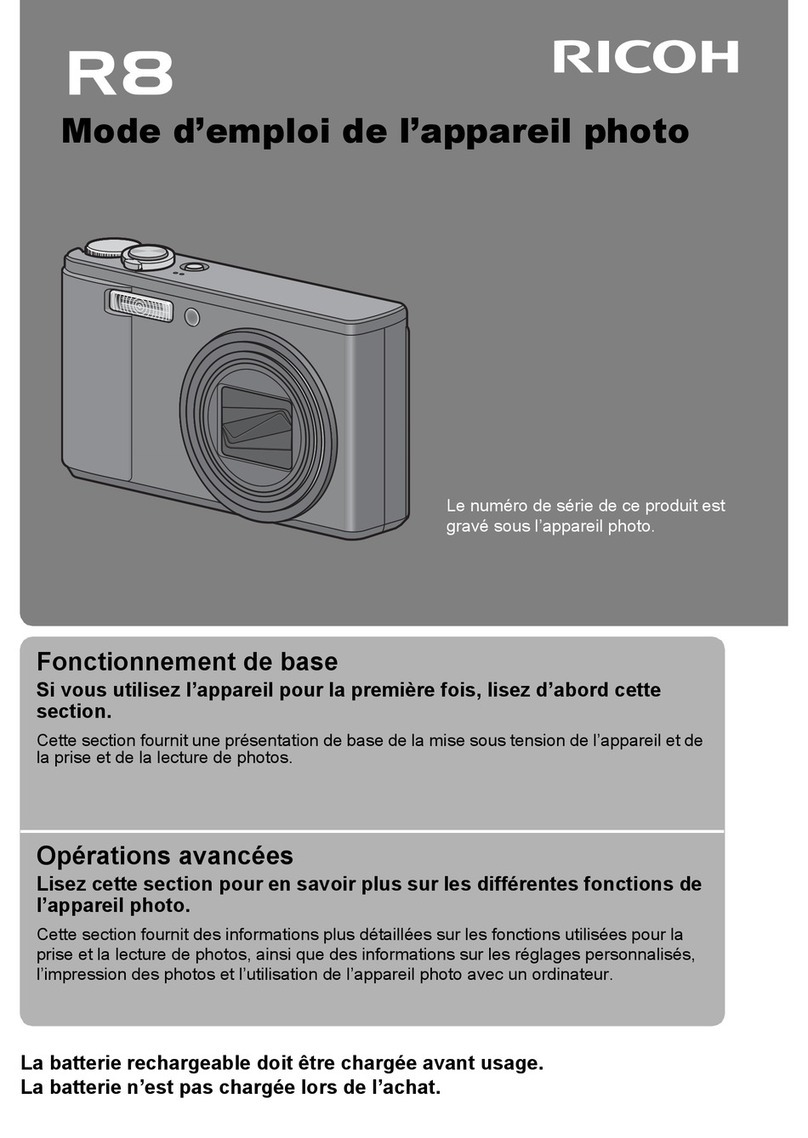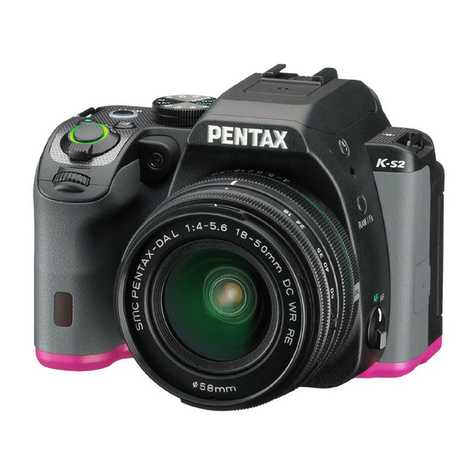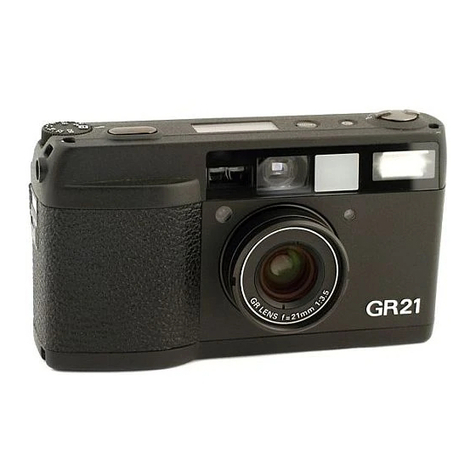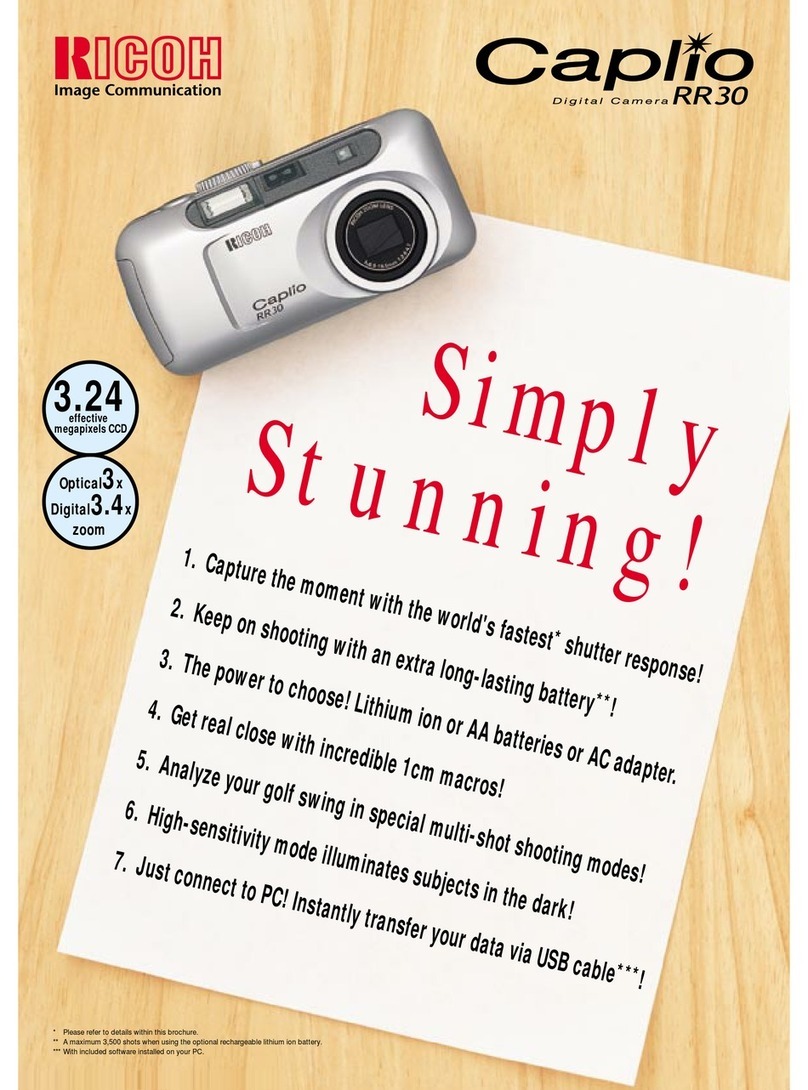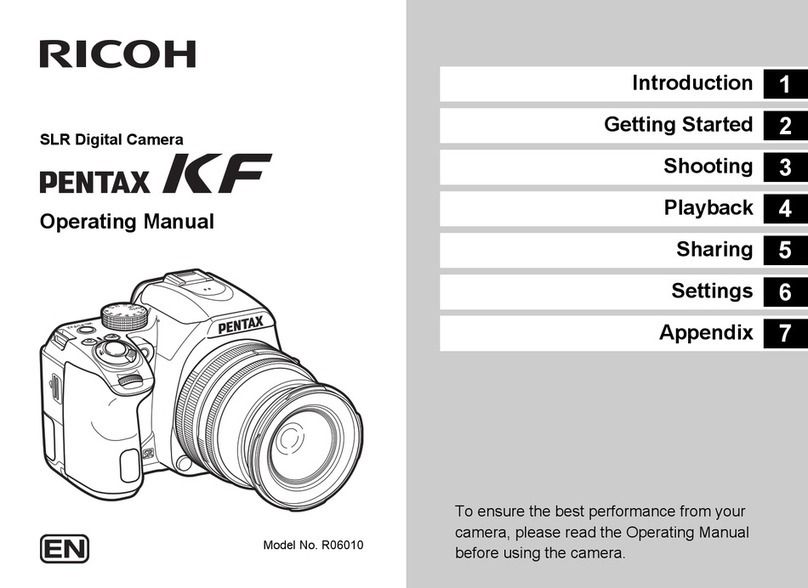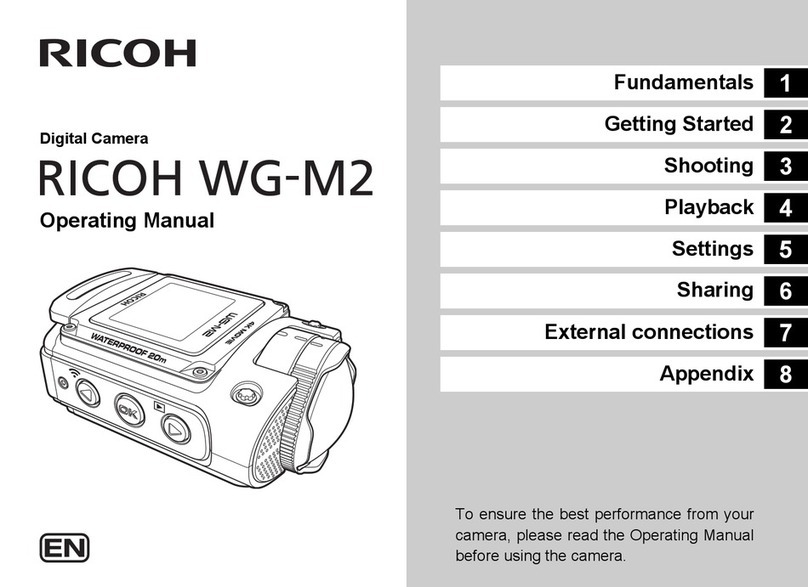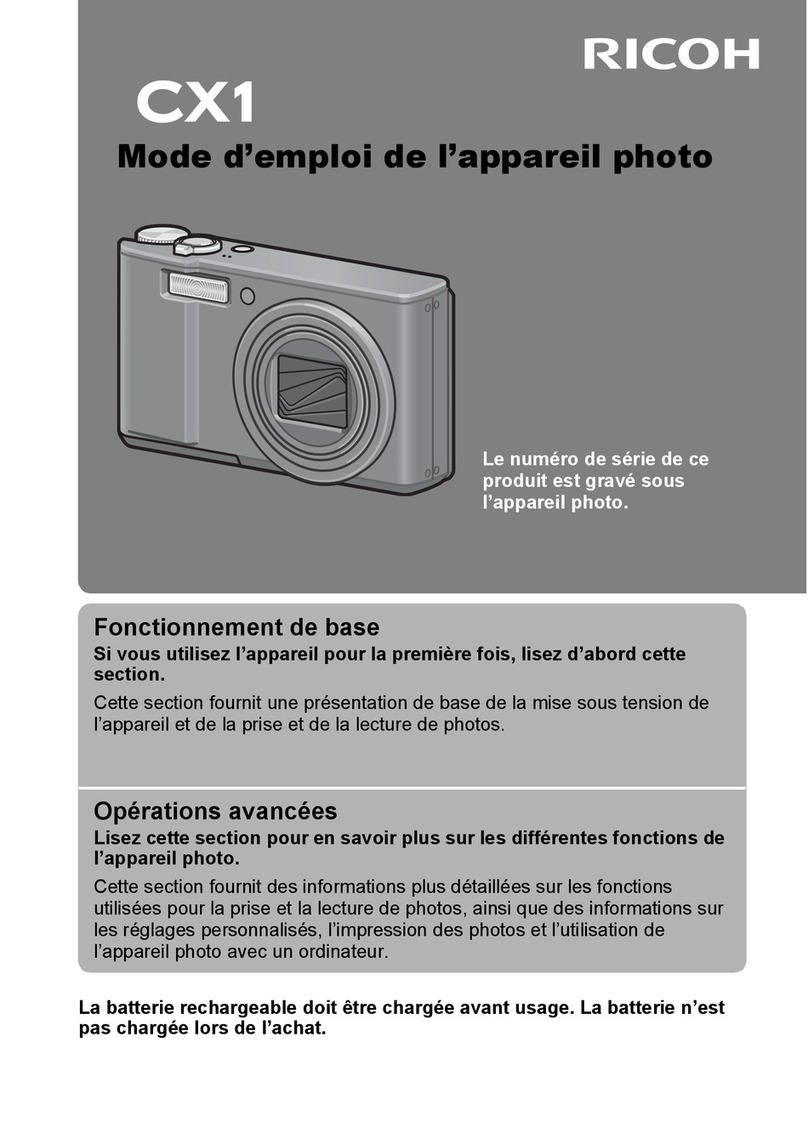
Enelbh
(S)
SPRING
MOTOR
WINDING KNOB
(T)
FILM REWIND
BUTION
(U)
CARTRIDGE POSITIONING
SPRING
(V)
FILM PRESSURE PLATE
(W)
FILM TAKE·UP CLIP
(
X)
TAKE·UP SPOOL
(Y)
VIEWFINDER
EYEPIECE
(
Z)
SPROCKET
(AA) FILM REWIND SHAFT
LOADING THE
MERCURY
BATIERY
Mercury battery
is
the power source of the
electric
eye
automatic exposure mechanism of
the camera.
Unscr~w
the mercury battery compartment
cover
and
put the mercury battery with "+" side
up
in
the compartment. (Fig. 1). Then, screw
the
cover
flrmly
closed.
The life of the mercury battery
is
approximately
one
year under average
use
conditions.
The battery's life
is
not affected
by
the num-
ber of pictures taken during this period. but ra-
ther
by
the time which the camera itself
is
ex-
posed
to light
and
the temperature at
which
it
is
stored.
When
not
in
use
replace the camera
into
th~
carrying
case
or simply cover the
CdS
3
English
cell (D), or set the SHUTIER
SPEED
RING
(F) to the FLASH
(~)
position.
Store
the camera
away
from
above
normal
tern·
peratures
or
in
a
cool
place.
When
replacing the
battery, use Mallory RM-675R. Eveready E675 or
equivalent.
LOADING THE CAMERA
1.
Open
the camera
back
by
pushing
BACK
CO-
VER
LATCH
(B) to
OPEN
position. (Fig. 2).
2. Pull
out
FILM REWIND KNOB (P). (Fig. 3).
3. Insert the
fHm
cartridge into the chamber
and push FILM REWIND KNOB back so
that
the
slot
of
REWIND SHAFT (AA) engages,
the
flIm cartridge. (Fig. 4).
4. Turn TAKE·UP
SPOOL
(X) so
that
FILM TAKE·
UP
CLIP
(W)
is
in
the position illustrated
in
(Fig. 5).
5. Insert the
fUm
leader into the
clip
as
shown
in
(Fig. 6)
and
engage the small raised single
sprocket into ahole
in
the film.
6. Turn SPRING
MOTOR
WINDING KNOB
(S)
in
the direction of its arrow
so
that the perfora-
tions of the film leader are engaged
by
the
film
advance.
sprocket teeth.
Be
certain that the sprocket
holes
in
the film
4
